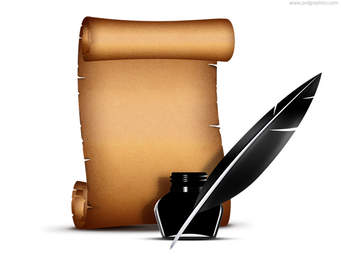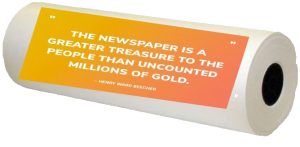First tools of communication

Palm leaf manuscripts date back to centuries before the Christian era (BC). Though cave drawings and paintings of pre-historic times (more than 40,000 years ago) communicated the lifestyle of pre-historic man such as hunting animals and battle scenes, the communication of words in a systematic manner and with an intent to preserve the writings for future generations started with clay tablets, notably in Sumeria and Indus Valley, and leaf manuscripts roughly around 3000 BC.
Thus was born literature of various kinds.
The first tools of communication for man were stones and leaves! And this leaves us surprised, isn’t it? Leaves themselves are part of a plant or tree, something we don’t take notice easily unless they are big enough to attract your attention. They have various uses for man.
Printed literature, including books, shaped the thinking of man and was the main cause of some revolutions that took place in the world. The Rights of Man by Thomas Paine, The Communist Manifesto by Karl Marx and Friedrich Engels, and Anand Math by Bankim Chandra Chattopadhyay are some of them.
The expansion of knowledge led to the discovery of media of various forms. Down the centuries the form and tools of communication evolved, with the later part of the 20th century and the present 21st century seeing the emergence of the fastest means of communication. The advent of computers and, consequently in recent decades, the Internet — which is now ruling the world so to say — have spawned various means of communication with a great impact on the way news is spread instantaneously to a variety of audiences.
With the “no-time-for-anything” generation caught in the whirlpool of technology and reading of newspapers and books taking a beat, the onus is on the rising generation of new age journalists to sustain professional and ethical journalism. For this, they need to value newspapers and magazines, and start reading them to the extent possible because, as Henry Ward Beecher said,


